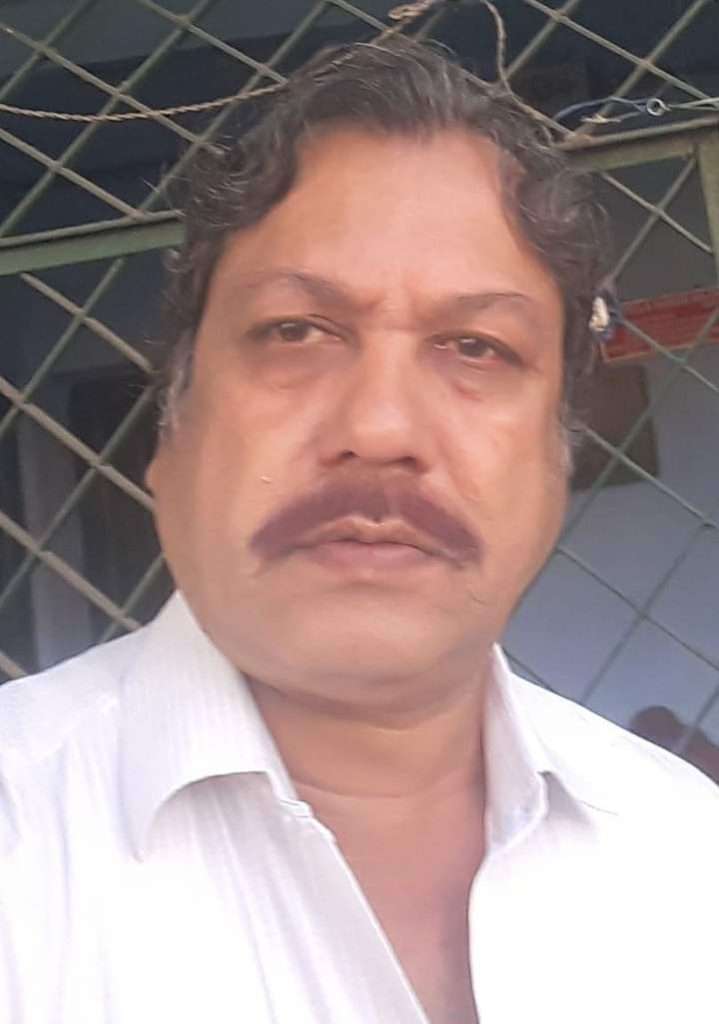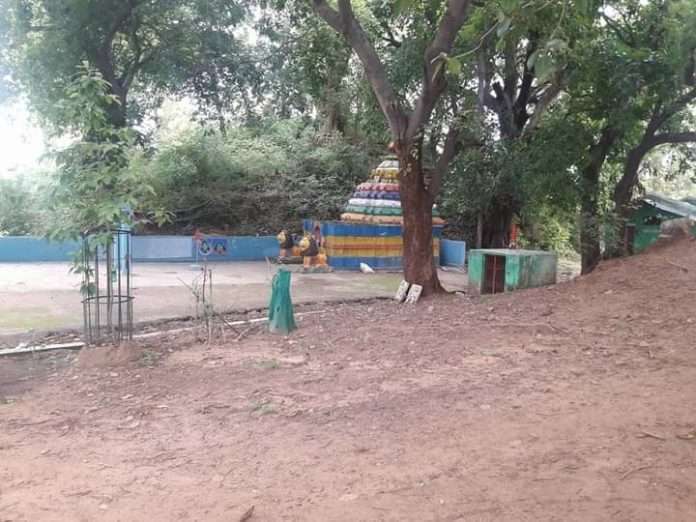Too many flowers are born to blush unseen, as it is said in English. But with efforts, the flower can be brought to the limelight for its beauty and fragrance before it fades away. Similarly, there are many places in our region, state, and country which have remained unknown even today to the outside world, although these are of great importance, and people are not able to either visit these places or enjoy their beauty. The districts of Kalahandi and Nuapada boast of many such places which not only deserve a visit but also need further research and excavations so that new light may be thrown on these.
Asurgarh
Approximately thirty kilometres away from the town of Bhawanipatna near the block headquarters of Narla in the district of Kalahandi, there is a place called Asurgarh surrounded by extremely beautiful nature on all sides. Local people believe that once ‘Asuras’ or giants lived here within a fortified walled city which in the course of time has taken the shape of mounds. On one side, there is the Sandool river while on the other, there is a huge water body. Historians and researchers have been on the lookout for facts with excavations carried out in the past. Years back, a team from Sambalpur University had also visited the site and thrown new light on its history and civilization. The Archaeological Survey of India had carried out excavations and collected data from the site in the year 2019. From carbon dating of data collected, it is known that civilization existed here approximately twenty-three hundred years ago during the Mauryan period. Silver coins have also been recovered from the site. People knew the use of iron, and it is reported to be even older than Shishupalgarh in the district of Khurda. There were four gates, and provision was made for the supply of water through the gates. Twenty to twenty-five families still live inside the Asurgarh having taken recourse to cultivation. There is a temple dedicated to Maa Kalapahad, who is the presiding deity of the village. The Archaeological Survey of India has taken control of the site.
Jogimath
Jogimath, approximately eighty-two kilometers from Nuapada, nine kilometers from Khariar, and sixty-seven kilometers from Bhawanipatna, is another place of interest in the district of Nuapada. Here, there are prehistoric caves wherein rock paintings have been discovered in the year 1970. According to researchers, the pictures running right to left date back to 10000 BCE and the Neolithic age. People used to live in the caves and have drawn pictures with ochre-red paint on the rock walls. The pictures so found make it clear that people living here knew farming. There is a hill nearby called Rishipith. There are around three hundred steps to reach the top, and it is believed that one Rishi or saint sat in meditation over here. Though the government has noticed it and has taken certain steps yet the place needs further development. If planned and developed properly, Jogimath will turn out to be a good tourist spot of importance.
Lankeshwari of Junagarh
Junagarh on the National Highway 26 is approximately twenty-six kilometers away from Bhawanipatna and is in the district of Kalahandi. It is the old capital of Kalahandi also known as Jenabati Patna in olden times and situated on the banks of the river Hati.

Lankeshwari is the presiding deity of Junagarh. In the Ramayana, this Devi is also known as Lankini or Lankadevi. But historians and researchers opine differently. They hold that Lankeshwari is only a ‘Gada Devi’ and not necessarily the Lankini or Lankadevi of Ravana of Lanka. Lankeshwari was the presiding deity of many a royal dynasty. She is a war goddess and symbolizes victory and success in the battlefield. She is four-armed and sits on a Lotus throne. Her image is carved in black chlorite stone. This Kali-Vishnu combination is unique in Odisha. She is worshipped in ‘Vanadurga Vija Mantra’. The festival of Khandabasa on the night of Mulashtami is the most important ritual which marks the beginning of Saradiya Mahotsav in Kalahandi. The ‘Khanda’ or sword was kept before the Devi during royal rule to seek Her blessings for win in the battlefield. Lankeshwari is a revered, adored, and feared deity of the masses. Even today people are afraid of swearing falsely in Her name. The temple complex is very neat, clean, and also quiet.
Baba Paradeshwar
Approximately fifty kilometers from the town of Bhawanipatna, there is a beautiful temple in the town of Dharamgarh in the district of Kalahandi which is dedicated to Lord Shiva. Here the Lord is being worshipped as Baba Paradeshwar.

The temple has a reasonably good height with marvelous architecture carved around it. The environment is also quiet and peaceful. The speciality of the temple is that the ‘lingam’ or phallus is made of mercury or ‘Parad’ which is maintained with utmost care so that no harm is done to it. It has a weight of 52 kilograms. As per reports, it is the second such ‘lingam’ after Haridwar in the whole of Asia. It is believed that a ‘darshan’ of Baba Paradeshwar is as good as a ‘darshan’ of the twelve ‘Jyotirlingas’ of the country.
Devi Raktamvari
Devi Raktamvari is the presiding deity of the royal dynasty of Khariar also called Khadial or Rajkhariar in the district of Nuapada. The temple is adjacent to the Khariar royal palace and the temple of Devi Samaleshwari. The goddess is very popular in the area and reported to have been brought from a nearby place and installed in Khariar.

In medieval times, the Chauhan kings of western Odisha had not only patronized various gods and goddesses but they had also gone in for a particular style of temple architecture. The Saiva, Shakta, and Vaishnava cults had all flourished under them. Though Samaleshwari is a prominent goddess other goddesses have also been adopted and patronized. In Nuapada and Khariar areas, goddesses like Raktamvari have come up along with Samaleshwari. Both Devi Samaleswari and Devi Raktamvari are highly revered in Khariar areas. Devi Raktambari, the ‘Gada Devi’ of the local royal dynasty is the elder sister while Devi Samaleshwari, the presiding deity of the Chauhan royal dynasty is the junior sister. Their dual Chhattar Yatra is celebrated with great pomp and splendor every year.
It is quite a pleasure and experience visiting these places. Pitted against an extremely beautiful and natural backdrop, Asurgarh and Jogimath not only need further research and excavations for new light but also further development for tourism prospects. Devi Lankeshwari of Junagarh and Devi Raktamvari are highly associated with the history and culture of the area. The temple of Baba Paradeshwar in Dharamgarh is comparatively new but attractive and unique for its ‘lingam.’
(The views expressed are the writer’s own)

Mr. Prafulla Kumar Majhi,
Retired Asst. Director, A. I. R, is an eminent Scholar and freelance writer in English & Odia. His areas of interests are sociocultural, economic, literary, historical and analytical studies and writings.

